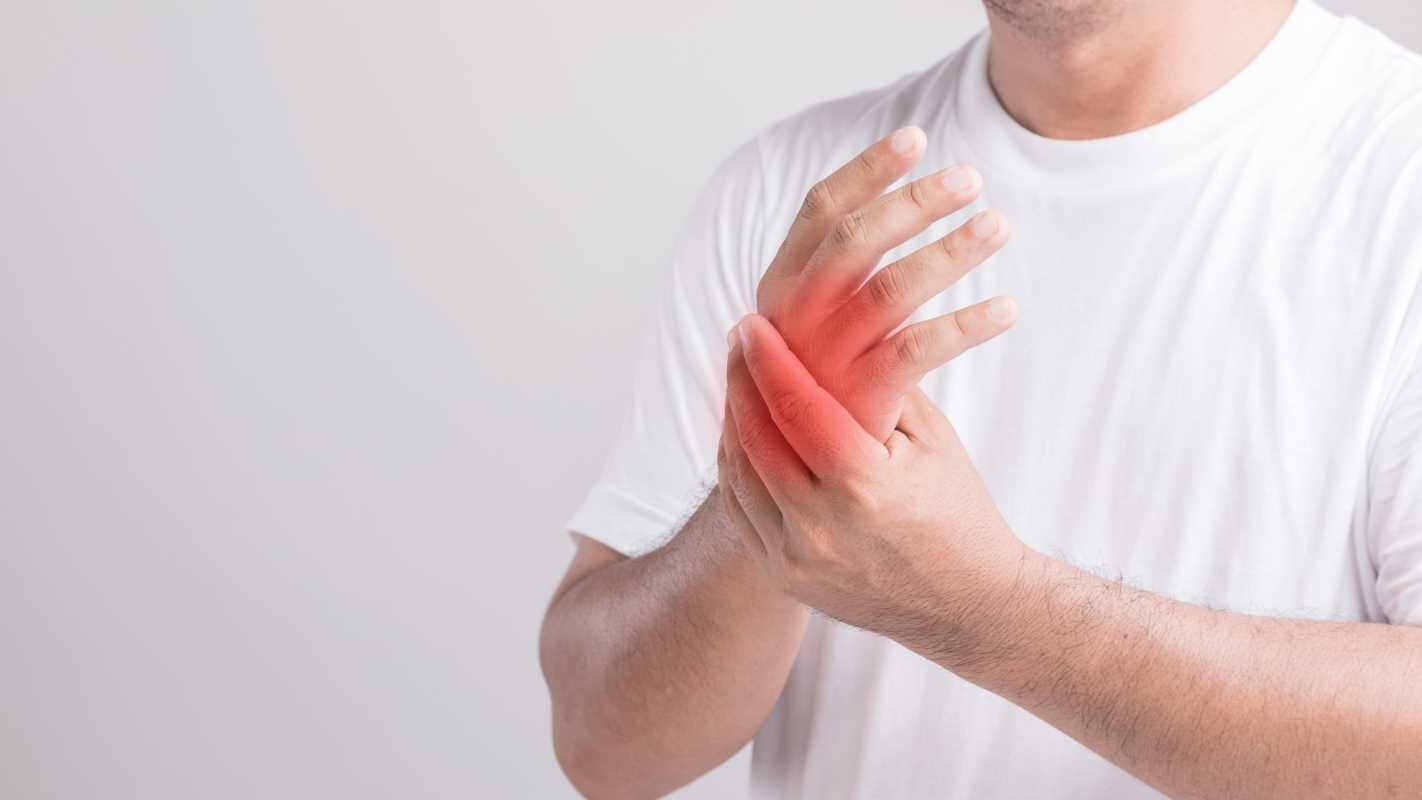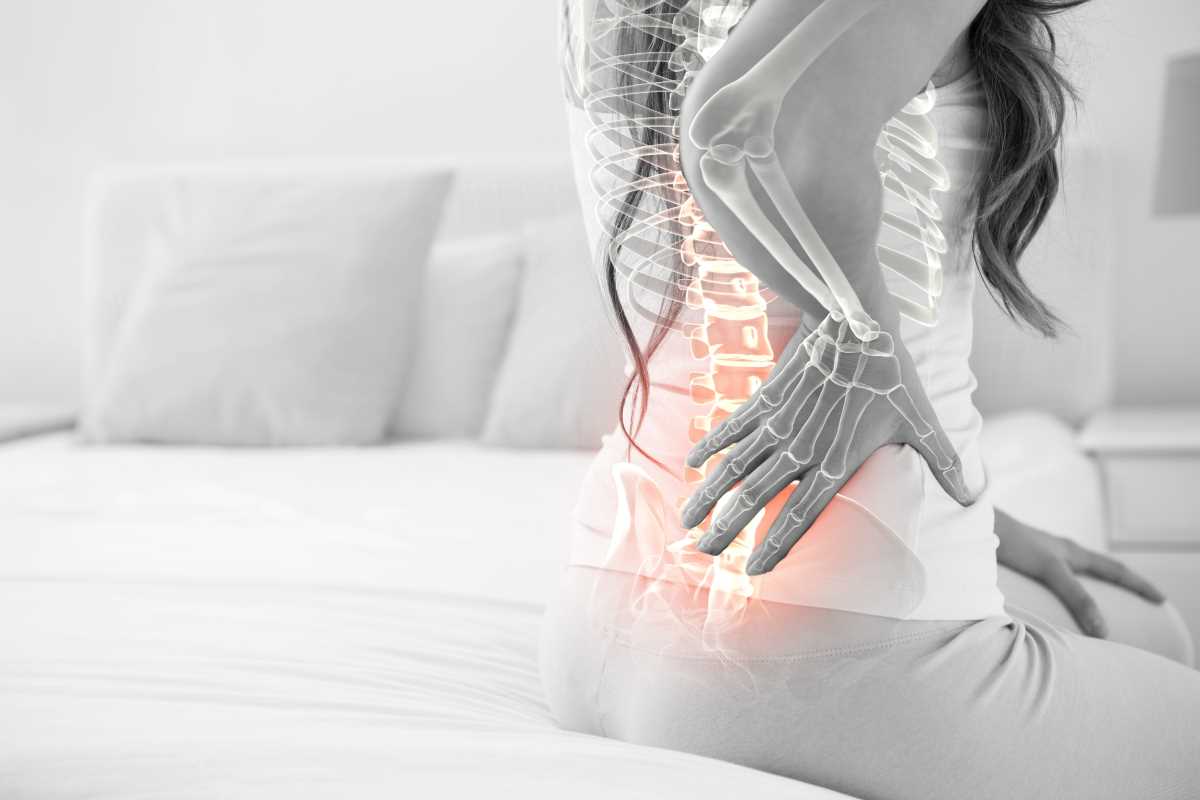Cholesterol often gets a bad reputation, but the truth is, your body needs some of it to function properly. Cholesterol is a type of fat found in your blood that helps build cells and produce hormones. However, when your cholesterol levels go too high, it can lead to serious health problems like heart disease and stroke. That’s where statins come in. These medications have become a popular and effective tool for lowering high cholesterol and reducing the risks associated with it.
If you’ve been told you might need statins or just want to learn more about them, this guide is here to break it all down. We’ll explain how they work, their benefits, and what you should know before starting them.
To understand the role of statins, it’s important to first look at why managing cholesterol matters. Cholesterol travels through the bloodstream in two main forms:
- Low-Density Lipoprotein (LDL): Known as “bad” cholesterol, LDL can build up on the walls of your arteries, forming plaques that lead to narrowing or blockages.
- High-Density Lipoprotein (HDL): Known as “good” cholesterol, HDL helps remove LDL from your bloodstream, carrying it back to the liver for disposal.
When there’s too much LDL and not enough HDL, it can increase your risk of developing atherosclerosis (plaque buildup) and cardiovascular diseases like heart attacks or strokes.
What Are Statins?
Statins are medications designed to lower LDL cholesterol levels in the blood. They belong to a class of drugs called HMG-CoA reductase inhibitors, but don't worry, you don’t need to memorize that name! Simply put, statins work by blocking an enzyme in your liver that’s responsible for producing cholesterol.
When cholesterol production slows down, your body pulls cholesterol from the bloodstream to make up for the shortfall. This process reduces the overall LDL levels circulating in your blood, decreasing the likelihood of plaque buildup in your arteries.
Types of Statins
There are several kinds of statins available, including:
- Atorvastatin (Lipitor): One of the most commonly prescribed statins for its effectiveness and affordability.
- Simvastatin (Zocor): Often used for moderate cholesterol-lowering needs.
- Rosuvastatin (Crestor): Known for its potency, it’s often recommended for people with very high cholesterol levels.
- Pravastatin (Pravachol): Associated with fewer drug interactions, making it a good option for some patients.
Doctors prescribe a specific statin based on your individual cholesterol levels, overall health, and risk of heart disease.
How Do Statins Work?
Here’s a simple way to think about statins: they’re like traffic controllers for cholesterol production. By slowing down the liver’s cholesterol-making process, they help reduce LDL levels. At the same time, they may also encourage your liver to remove LDL already in your bloodstream.
Some statins also have additional benefits, like reducing inflammation in the blood vessels, which can further lower the risk of heart attack or stroke.
How Long Does It Take to Work?
Statins don’t lower cholesterol overnight, but their effects are relatively quick. Most people see improvements in cholesterol levels within 4-6 weeks of starting treatment. Regular blood tests are often used to monitor progress and ensure the medication is working as intended.
Benefits of Statins
Statins have become one of the most widely prescribed medications worldwide for good reason. Here are some of the key benefits they offer:
1. Lower LDL Cholesterol
The main job of statins is to reduce “bad” cholesterol, and they’re highly effective at doing so. On average, statins can lower LDL levels by 30-50%, making them a powerful tool for managing high cholesterol.
2. Reduced Risk of Cardiovascular Events
By lowering LDL cholesterol, statins help reduce the risk of heart attacks, strokes, and other related conditions. For people who’ve already experienced these events, statins can lower the chances of a recurrence.
3. Plaque Stabilization
Statins don’t just stop new plaques from forming; they can also help stabilize existing plaques, making them less likely to rupture. A ruptured plaque can block blood flow and lead to a heart attack.
4. Anti-Inflammatory Effects
Scientists have found that statins may have anti-inflammatory properties that benefit the lining of the arteries. This added effect further reduces cardiovascular risks.
5. Long-Term Benefits for At-Risk Individuals
For people with a history of cardiovascular disease, diabetes, or high blood pressure, statins offer long-term protection by keeping cholesterol levels in a healthy range.
Potential Side Effects of Statins
While statins are generally safe and well-tolerated, like any medication, they come with potential side effects. Most side effects are mild and go away with time, but it’s important to be aware of them.
Common Side Effects:
- Muscle pain or weakness (myalgia)
- Nausea or upset stomach
- Headache
- Fatigue
Rare Side Effects:
- Liver Damage: Statins are processed in the liver, and in rare cases, they can cause liver enzyme levels to rise abnormally. Regular blood tests help monitor this.
- Memory Loss or Confusion: Although rare, some people report cognitive side effects, which usually reverse upon stopping the medication.
- Rhabdomyolysis: An extremely rare condition involving severe muscle breakdown that can damage the kidneys.
If you experience unusual symptoms while taking statins, it’s important to talk to your doctor. They may recommend switching to a different statin or adjusting the dosage.
Who Should Take Statins?
Not everyone with high cholesterol needs to take statins. Doctors use a risk-based approach to determine who might benefit the most. Statins are often recommended for:
- People with diagnosed heart disease or a history of heart attacks and strokes
- Individuals with LDL cholesterol levels of 190 mg/dL or higher
- Adults with diabetes who are between 40 and 75 years old
- People with a high calculated risk of developing heart disease in the next 10 years (often based on factors like age, blood pressure, and lifestyle)
Your healthcare provider will assess your specific risks and benefits before prescribing statins.
Lifestyle Changes to Support Statin Therapy
Statins are incredibly effective, but they work best when combined with a healthy lifestyle. Here are some changes that can help maximize their benefits:
1. Eat a Heart-Healthy Diet
Focus on foods that help lower cholesterol, such as:
- Fresh fruits and vegetables
- Whole grains (like oats, brown rice, and quinoa)
- Healthy fats from nuts, seeds, and olive oil
- Fatty fish like salmon and tuna, which are rich in omega-3s
Avoid or limit saturated fats, trans fats, and cholesterol-rich foods.
2. Stay Physically Active
Regular exercise, such as walking, swimming, or cycling, can improve your HDL (good) cholesterol levels and overall heart health. Aim for at least 150 minutes a week of moderate activity.
3. Quit Smoking
Smoking can damage your arteries and increase your risk of heart disease. If you’re a smoker, quitting is one of the most impactful steps you can take.
4. Maintain a Healthy Weight
Excess weight can raise LDL cholesterol levels, so managing your weight through diet and exercise can make a big difference.
5. Limit Alcohol
Drinking too much alcohol can lead to increases in triglycerides (a type of fat in your blood) and strain on your liver.
 (Image via
(Image via





